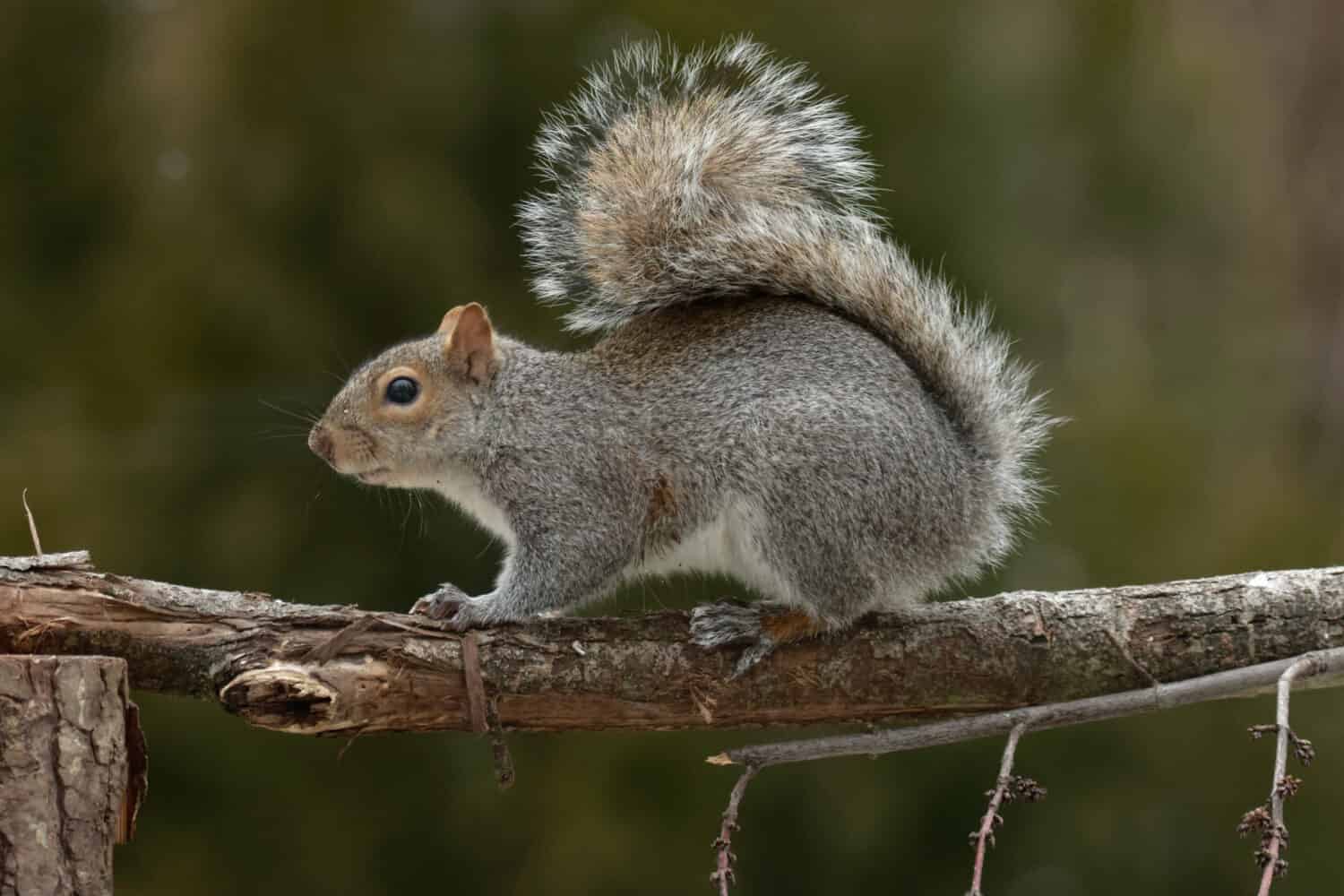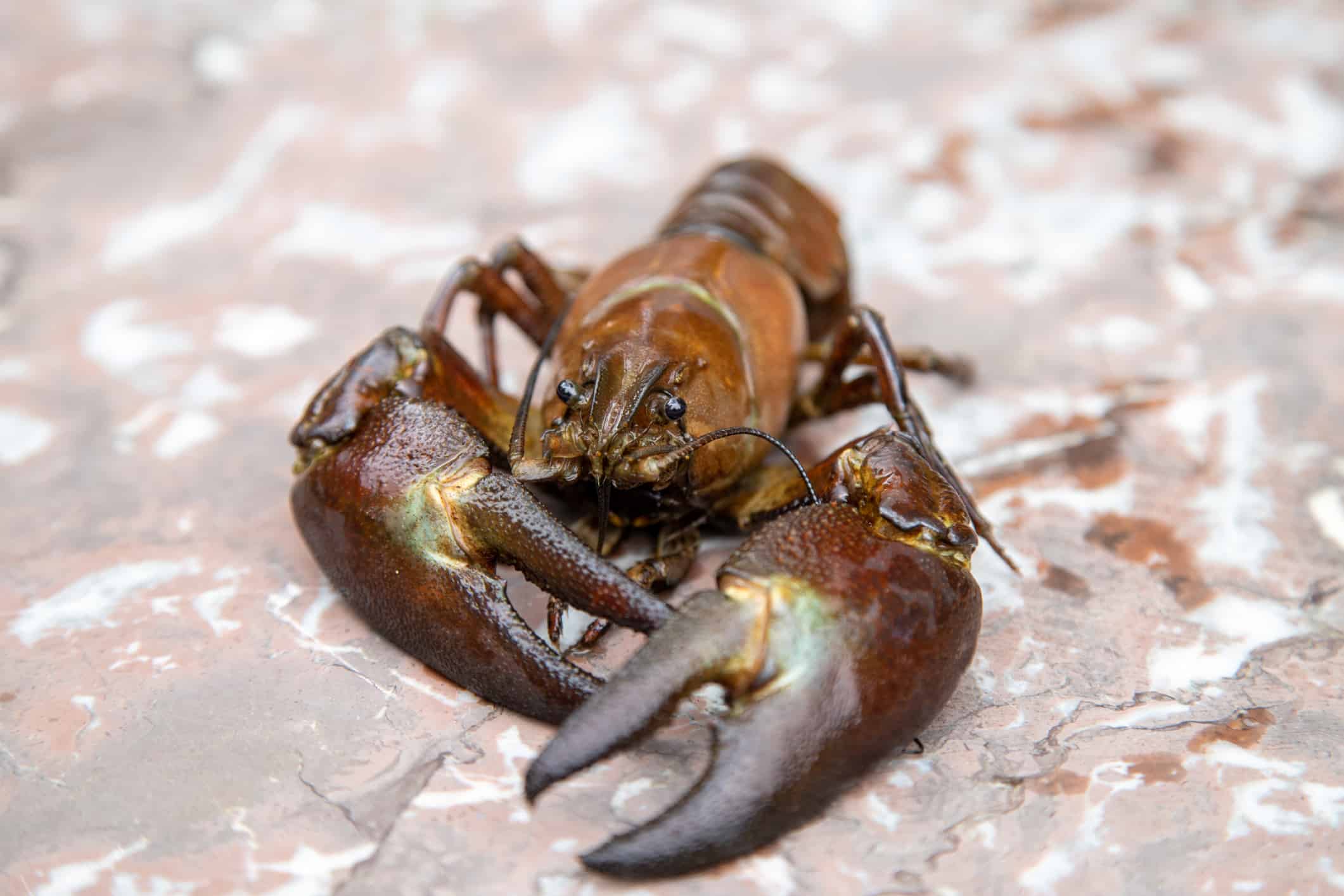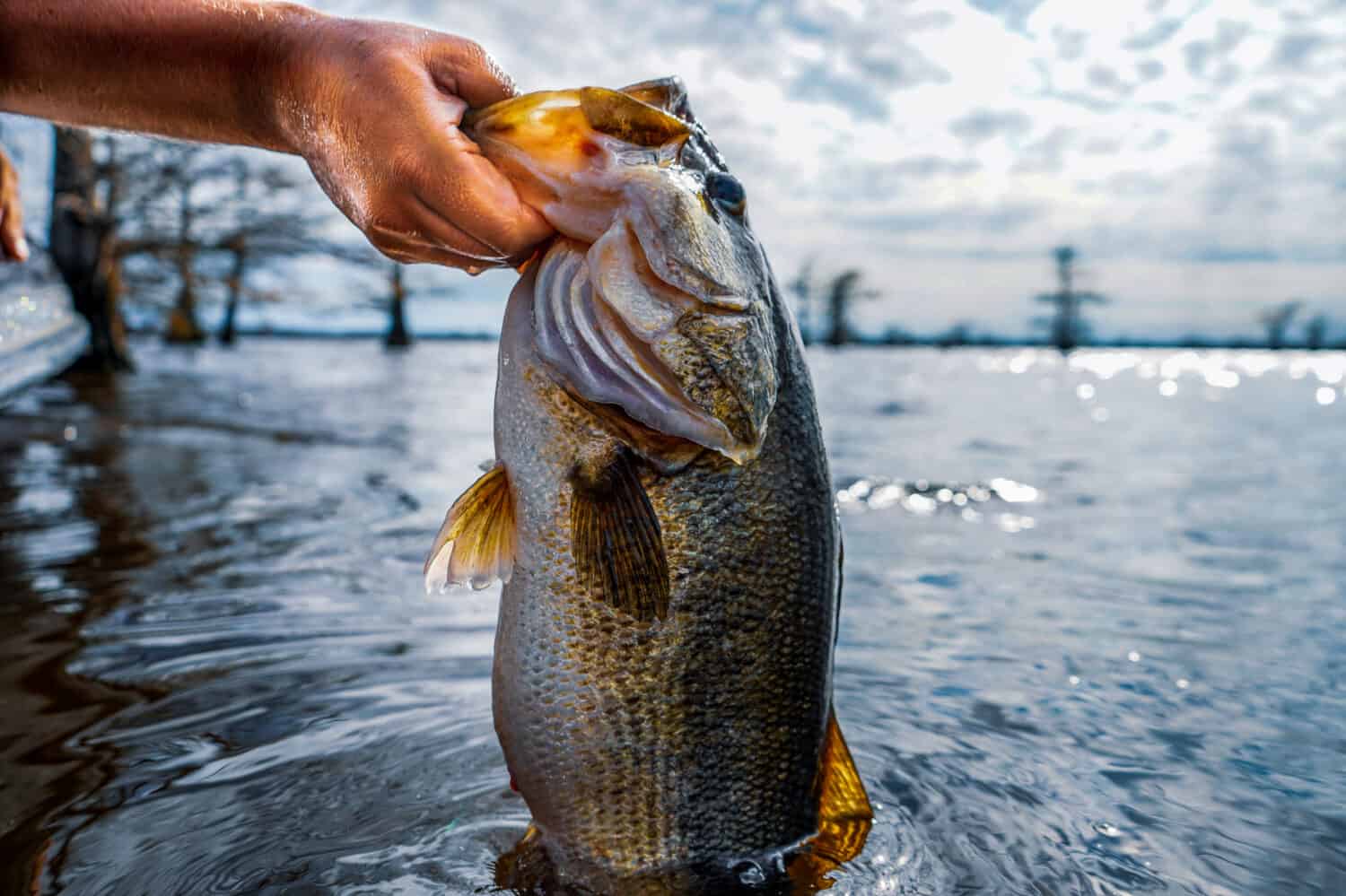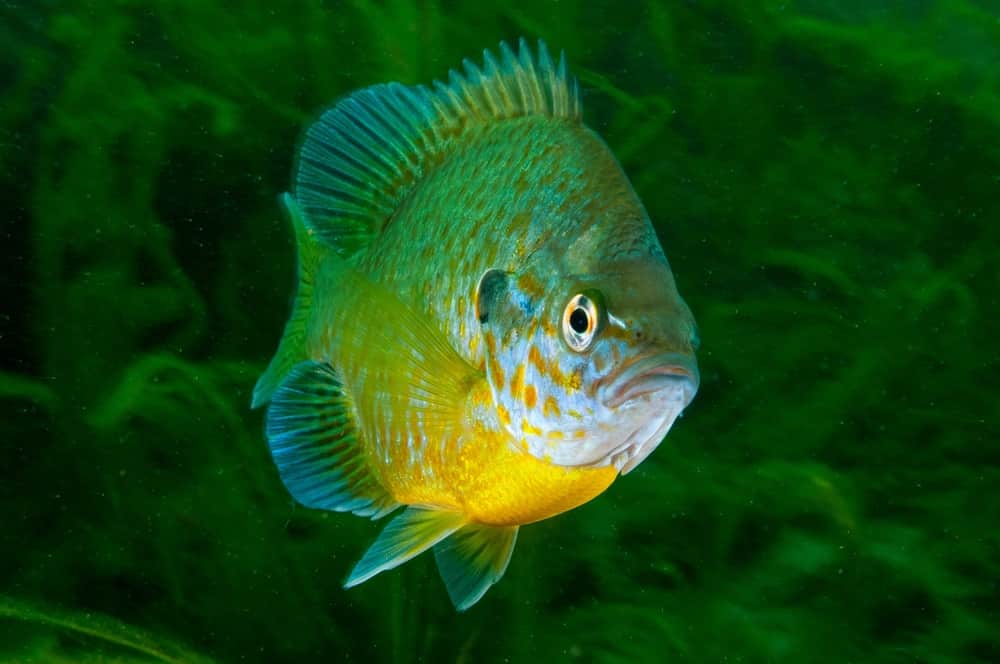It’s not hard to find stories about invasive species causing havoc in the US. Burmese pythons are a typical example of decimating native mammal populations in Florida. Yet the US is not exactly blameless regarding the unwanted export of species. Several US animals are causing a lot of trouble in other countries!
What Is an Invasive Species?
The USDA National Invasive Species Information Center defines an invasive species as “non-native (or alien) to the ecosystem and whose introduction causes or is likely to cause economic harm or harm to human health.” Put simply, non-native animals live in areas where they do not naturally exist and cause problems. It is important to note that not all non-native species are an issue. For example, domestic cows are not a native species of North America, but we have found them very useful!
What Problems Do Invasive Species Cause?
Invasive species often cause problems for native plants and animals. They may hunt local animal species or eat plants to such an extent that those populations are no longer sustainable. For example, the Burmese python has decimated small mammal populations in the Florida Everglades. Furthermore, local prey animals often have no defenses against invading species because they are not used to them.
This, in turn, alters the balance of delicate ecosystems which can lead to further ecological and environmental impacts. Eventually, this can have economic, social, and human health impacts.
So, let’s meet 8 American animal species that have invaded other countries.
Raccoon

Raccoons have escaped from fur farms in several countries.
©EEI_Tony/iStock via Getty Images
The European Commission is so concerned about invasive species that they have produced an entire list of ‘species of Union concern.’ Guess who is on it? Our very own masked rascal – the raccoon. These guys have been introduced to 15 EU member states with significant populations established in Germany, Austria, and Spain, to name just a few countries. This all started through fur farms – some escaped when bombing during WWII destroyed the farms. Others are released pets, including some from a US Air Force base in northwestern France. Similar problems occurred in Japan, where they became popular following the Rascal the Racoon cartoon series in the 1970s.
Mink

Mink are threatening grebe populations in Europe.
©Steven Flannigan/iStock via Getty Images
Also causing problems in Europe (as well as in Argentina and Chile) is the mink. They are a mustelid that lives in rivers and lakes. Again, the fur industry is to blame – they were imported from the 1920s for commercial fur production. They are carnivores and are feasting on native bird populations, some of which are critically endangered. The hooded grebe is a particularly worrying example. A single mink can wipe out an entire breeding colony. However, they are also threatening the European mink and the Pyrenean desman.
American Bullfrog

The largest of the North American native frogs has invaded 40 other countries.
©iStock.com/187715314
American bullfrogs (Lithobates catesbeianus) are the largest of the North American native frog species. They live in the eastern states but are on the move! They are now found in the western part of the US and have set up homes in more than 40 other countries. These frogs are edible, and invasive populations were established after intentional release as a food source and following escapes from breeding establishments. They are outcompeting many native and endangered amphibians and fish. Sadly, they also carry chytrid fungus, which can decimate amphibian populations.
Grey Squirrel

Eastern grey squirrels cause £14 million of damage to UK forests each year.
©My Generations Art/Shutterstock.com
Also called the eastern grey squirrel, these are a medium-sized grey squirrel native to eastern North America – from the Gulf of Mexico to southern Canada. However, they are now found in Australia, South Africa, Ireland, Italy and the UK. The spread started in the 1870s when the squirrels were brought to the UK and released as exotic ‘garden pets.’ The same happened in Europe a little later. They outcompeted the native red squirrel, now only found in small pockets of the UK. The estimated 2.7 million grey squirrels in the UK are damaging native plants and causing an estimated £14 million of damage to forests yearly!
Red-Eared Slider

Red-eared sliders are now found in Asia, Africa, Australia and Europe.
©effective stock photos/Shutterstock.com
You may see these guys called yellow-bellied sliders or Cumberland sliders, but their scientific name is Trachemys scripta, and they are large freshwater US turtles. As they are one of the world’s most commonly traded pet reptiles, it is no surprise that they are no longer limited to their original habitats in the eastern US. They are now found in Asia, Africa, Australia, and Europe, where they have established breeding populations. As pets, they either escaped or were released into the wild. Unfortunately, they have a very large and flexible diet which means that they threaten local insect and other invertebrate populations. They also eat a lot of aquatic plants and damage wetland ecologies. They are a recognized reservoir for salmonella infection, and they bite!
Signal Crayfish

Signal crayfish are aggressive predators who outcompete native species.
©Reiner/iStock via Getty Images
The signal crayfish (Pacifastacus leniusculus) is now found in Japan, Europe, and the UK. They have the dubious honor of being Europe’s most widespread alien crayfish. They were intentionally released for commercial stocking purposes and later illegally moved to boost native crayfish stocks. There were also releases from the wild food trade and accidental introductions from holding facilities. They are an aggressive predator that has out-competed local native crayfish species but will eat anything, including detritus and each other! Thanks to their burrowing expertise, several UK river banks have become severely eroded and are on the brink of collapse. They also carry the crayfish plague, which kills native crayfish populations.
Largemouth Bass

Largemouth bass have been partly responsible for the extinction of the Atitlan Grebe in Guatemala.
©Maclane Parker/Shutterstock.com
These large fish have been deliberately released into South Africa, Europe, New Zealand, and Chinese waters. As opportunistic apex predators, they easily outcompete the native fish and other species. This has led to a decline in native amphibians and fish species. These fish even eat insects, birds, or mammals that fall into the water! This invasive species has been at least partly responsible for the extinction of the Atitlan Grebe in Guatemala. It all started when smallmouth bass and largemouth bass were introduced into Lake Atitlan. The fish reduced the crab and other fish populations to such an extent that the grebe had nothing to eat.
Pumpkinseed

The aggressive pumpkinseed fish has been described as an ‘ecosystem-altering’ species in Europe.
©RLS Photo/Shutterstock.com
This rather oddly named fish species is native to the eastern United States but is now found in South America, Asia, Africa, and Europe, where it has established breeding populations. It was first introduced into Europe as an ornamental fish for outdoor ponds and aquariums. However, they were released into freshwater bodies as sport fish, forage food for other fish, and as a method of biocontrol for fish lice. They have such a detrimental impact in Europe that they are described as an ‘ecosystem-altering’ species. These fish are aggressive and outcompete native fish. What’s more, they eat their eggs and juveniles! There is also evidence that they are damaging local invertebrate and amphibian populations. Because they reproduce so readily, they are very difficult to control.
The photo featured at the top of this post is © iStock.com/:rarrarorro
Thank you for reading! Have some feedback for us? Contact the AZ Animals editorial team.






